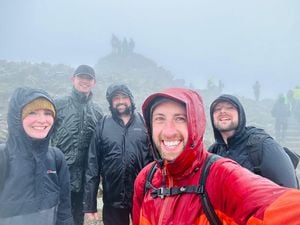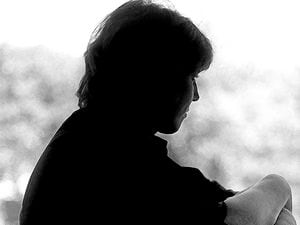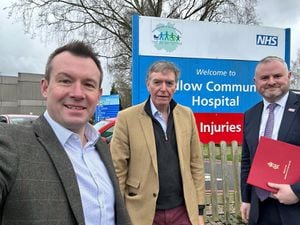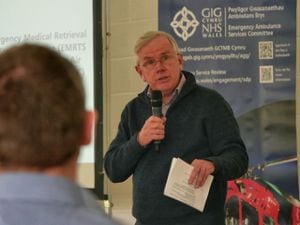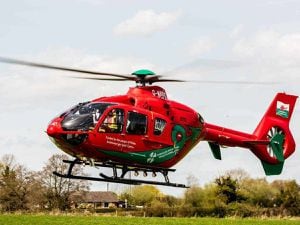A dozen patients stuck on trolleys over 12 hours at Shropshire's hospitals
A dozen patients were left waiting on trolleys for more than 12 hours at Shropshire’s A&E departments in February, a new report has revealed.
The figure was revealed in a report to Shropshire Clinical Commissioning Group’s governance board.
It also revealed that a total of 57 patients have waited on trolleys for longer than 12 hours between October last year and February this year.
It comes as The Shrewsbury and Telford Hospital NHS Trust (SaTH) has faced significant pressure over the winter period.
In January it was ranked the worst in the country for A&E waiting times.
Figures presented to Shropshire's CCG governance board yesterday showed a marginal improvement in February, although nearly a third of patients still had to wait longer than the four-hour A&E government target.
A clinical decisions unit, which aims to help the situation, has recently opened at Telford’s Princess Royal Hospital and is a dedicated area patients can access while waiting for further tests.
The trust has also faced considerable workforce challenges and issues with discharging patients.
But SaTH, which runs PRH and Royal Shrewsbury Hospital, recently launched a campaign aiming to boost the number of patients being discharged as soon as they are medically fit to leave.
SaTH’s chief executive Simon Wright previously said the trust’s hospitals are having to cope with an extra 100 plus patients than they have capacity for, with a major problem being the length of time it takes to discharge patients compared with admitting them.
The trust reported a number of improvements after the first week of its Let’s Crack It fortnight.
During the first four days, the number of stranded patients – those in hospital for seven days or more – reduced from more than 350 to 258.
The campaign aimed to test new ideas and work differently in order to improve ‘patient flow’.
It planned for a quicker turnaround on some test results, additional porters to facilitate patient moves and non-clinical staff were asked to clear their diaries to help on wards.

